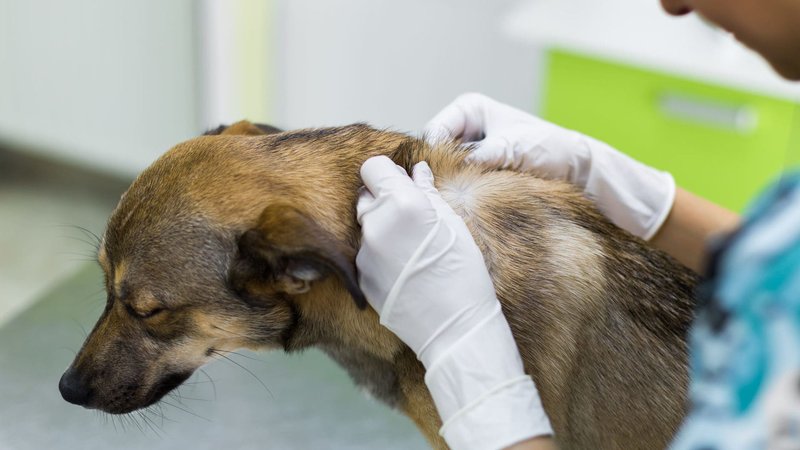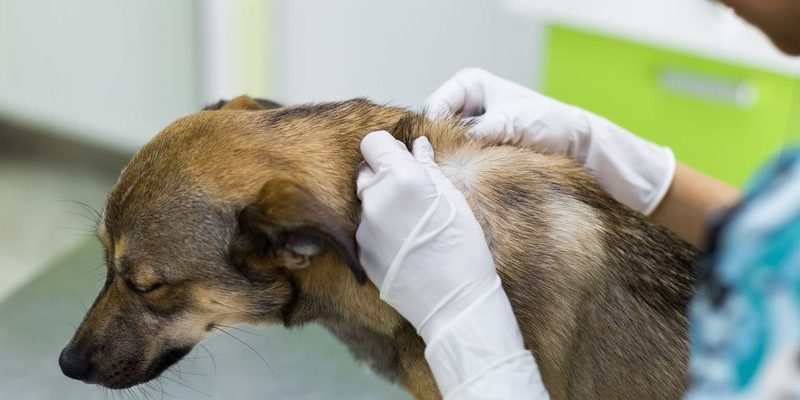
Wolf worms, also known as Cuterebra larvae, are the larvae of the Cuterebra fly. They usually find their way into small mammals or even dogs and cats, as well as their environments. They might be small, but these pests can cause serious problems. So, if you’re a kennel owner, ensuring your space is free from these unwelcome guests is crucial for your pets’ health and happiness. I mean, who wants to see their precious pups dealing with this kind of discomfort?
What Are Wolf Worms and Why Are They a Concern?
Wolf worms are not the cuddly creatures their name might suggest. These larvae can be a real nuisance. Typically found in the wild, **wolf worms** target small mammals but can affect larger pets, too. When these larvae invade a dog’s body, they can burrow into the skin, causing painful lesions and discomfort. Think of it as a surprise guest who overstays their welcome—except in this case, they can really harm your pets’ health!
Not only are the physical symptoms a concern, but the emotional distress on your pets is undeniable. They may start behaving differently, showing signs of pain or anxiety. Spotting wolf worm infestations early is crucial because the longer they linger, the worse it can get. Treating the issue is not just about getting rid of the larvae; it’s also about ensuring your pet’s comfort and your peace of mind.
How Do Wolf Worms Get into Your Kennel?
You might be wondering how these little guys get into your kennel in the first place. Well, the female Cuterebra fly lays its eggs near rodent burrows or areas frequented by small animals. When your pets roam around outside, they can inadvertently encounter these larvae. Sometimes, a dog or cat might even bring them into the kennel after a day of exploring. It’s like having a friend over for coffee, but they bring a uninvited guest along who just can’t leave!
Some common ways wolf worms can infiltrate your outdoor kennel include:
- Direct contact with rodents or other infected animals
- Getting into the environment through dirt, grass, or bedding
- Through open wounds or scratches on your pet
The Importance of Regular Cleaning
Now that we understand the threat, let’s talk about prevention. One of the best ways to prevent wolf worm infestations is by keeping your outdoor kennel clean. This isn’t just about picking up after your pets (though that’s important too!). Regular cleaning helps minimize the chance of infestations taking hold in the first place.
Make it a habit to:
- Clean the kennel’s floor with a pet-safe disinfectant regularly
- Change bedding frequently and wash it with hot water
- Keep the area free from debris, like clumped leaves or old food
By doing this, you not only create a healthier environment but also eliminate potential hiding spots for wolf worms. It’s like giving them a less cozy place to set up camp!
Choosing the Right Bedding
Keeping your kennel clean also extends to the type of bedding you choose. Some materials hold moisture and can become breeding grounds for pests, including wolf worms. Consider using bedding made from natural fibers that are easy to clean or even raised beds to keep them off the ground.
A clean, dry environment is less inviting for flies to lay their eggs, which is exactly what you want. Think of it this way: if you wouldn’t want to sleep in a dirty room, neither would your pets!
Monitoring Your Pets
Regularly checking your pets is another effective protective measure. You may think you’d notice something off with their health, but wolf worm infestations can be sneaky. Take a few minutes each day to gently examine your pets for any unusual lumps, swelling, or signs of discomfort.
Look for:
- Swelling around the neck or underbelly
- Redness or irritation on the skin
- Changes in behavior, such as increased scratching or agitation
If you spot anything unusual, don’t hesitate—contact your veterinarian right away. Early intervention can prevent more serious complications down the line.
Regular Veterinary Visits
In addition to home monitoring, regular veterinary check-ups are vital. Your vet can provide preventive care, vaccinations, and parasite control that may protect against wolf worm infestations. They can also answer any specific concerns you might have about your pet’s health.
Deterring Flies from Settling
Another effective way to prevent wolf worm infestations is to deter the adult Cuterebra flies from settling in your outdoor kennel. You can do this by making your kennel less appealing to them. Just like we might hang up “no trespassing” signs at home, you can take steps to keep these pesky flies at bay.
Here are some helpful strategies:
- Clear away any standing water where flies might breed
- Use screens on windows and vents to keep flies out
- Consider placing fly traps around the kennel
Preparing for the Worst-Case Scenario
Even with all the preventive measures you take, accidents can happen. If you do suspect your pet has been infested, remaining calm and taking swift action is key.
First things first, don’t panic. Contact your vet immediately. They can guide you through the proper steps to treat the infestation safely. Common treatments may include:
- Removal of the larvae
- Topical medications to soothe irritated skin
- Antibiotics for any secondary infections that may develop
By acting quickly, you can help your pet recover and keep your kennel safe for future use.
Closing Thoughts
Taking the time to prevent wolf worm infestations in your outdoor kennel is essential for your pets’ health and well-being. By maintaining a clean environment, regularly checking your pets, and taking preventive measures against flies, you can create a safe haven for your furry friends. Remember, it’s all about being proactive rather than reactive. Keeping your kennel well-maintained is like having a sturdy umbrella on a rainy day—it’s a smart approach that pays off in the long run! So, roll up your sleeves and give your pets the safe and healthy space they deserve!

